We use cookies to help you navigate efficiently and perform certain functions. You will find detailed information about all cookies under each consent category below.
The cookies that are categorized as "Necessary" are stored on your browser as they are essential for enabling the basic functionalities of the site. ...
Necessary cookies are required to enable the basic features of this site, such as providing secure log-in or adjusting your consent preferences. These cookies do not store any personally identifiable data.
Functional cookies help perform certain functionalities like sharing the content of the website on social media platforms, collecting feedback, and other third-party features.
Analytical cookies are used to understand how visitors interact with the website. These cookies help provide information on metrics such as the number of visitors, bounce rate, traffic source, etc.
Performance cookies are used to understand and analyze the key performance indexes of the website which helps in delivering a better user experience for the visitors.
Advertisement cookies are used to provide visitors with customized advertisements based on the pages you visited previously and to analyze the effectiveness of the ad campaigns.
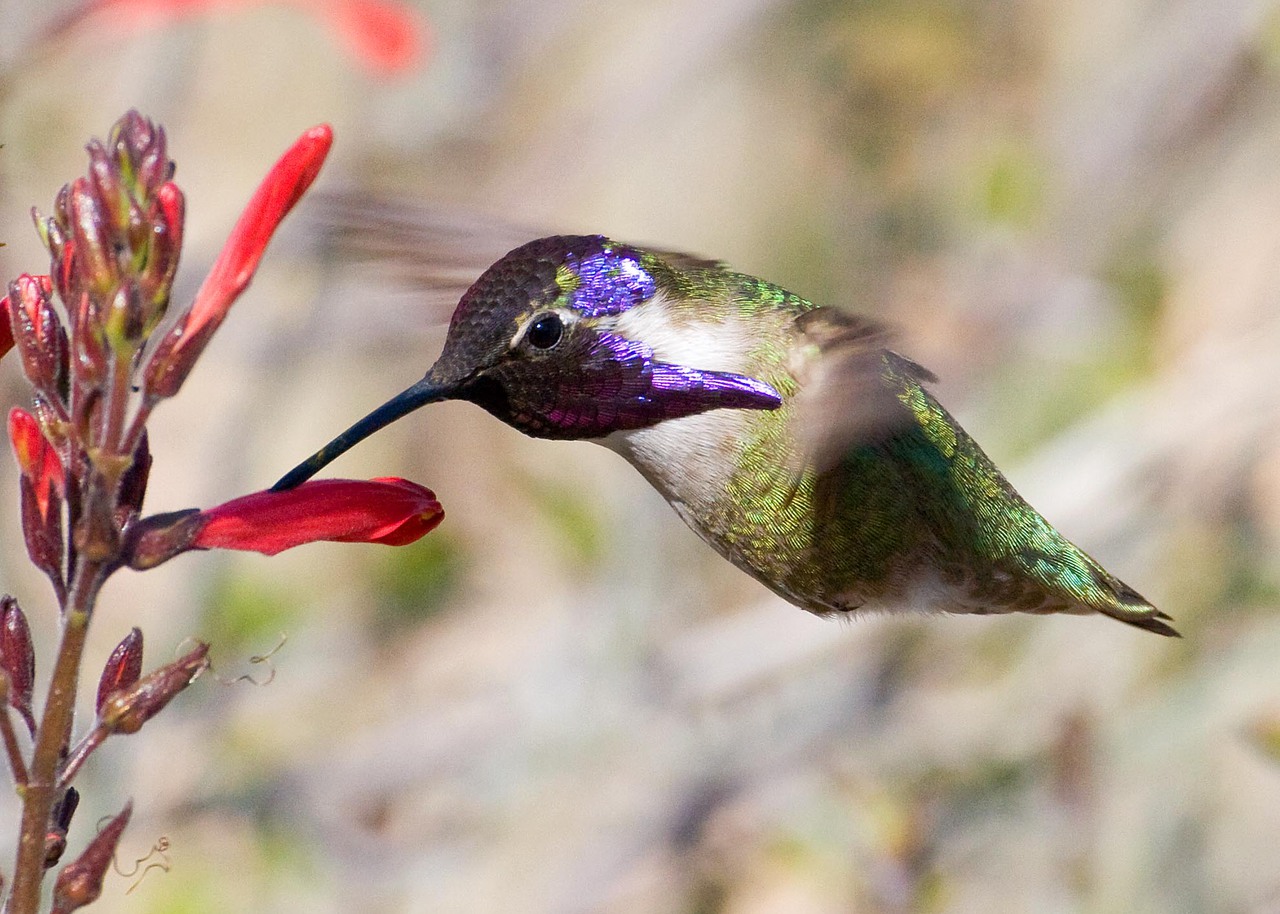
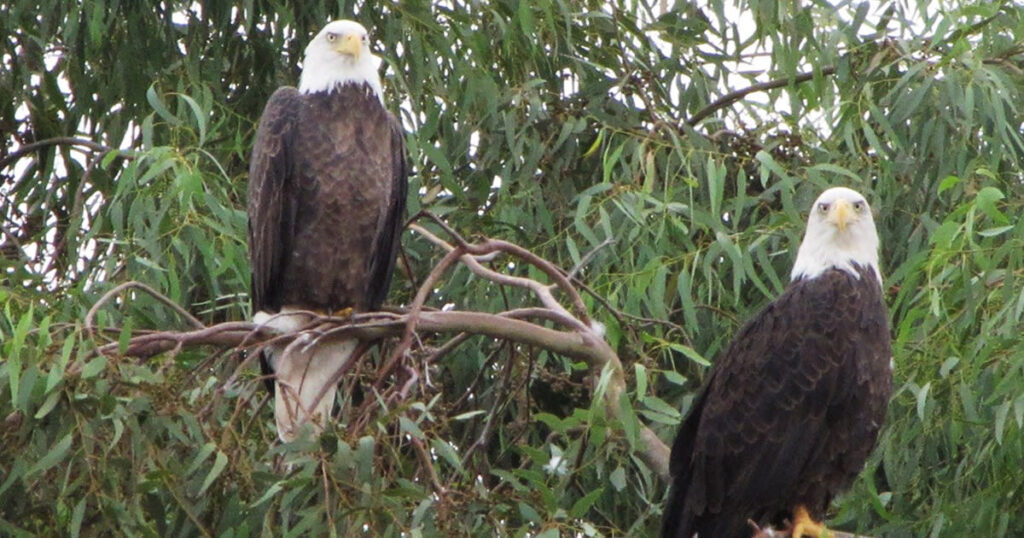
Southern Arizona has some of the best bird-watching areas in the world. People come here from all over to see many rare species not found in other areas.
Following are our suggestions for where to find the best birding spots. Most of these areas have confirmed sightings of more than 200 species of birds. Some have as many as 300. Generally, they are located along streams & rivers or in forested mountain canyons.
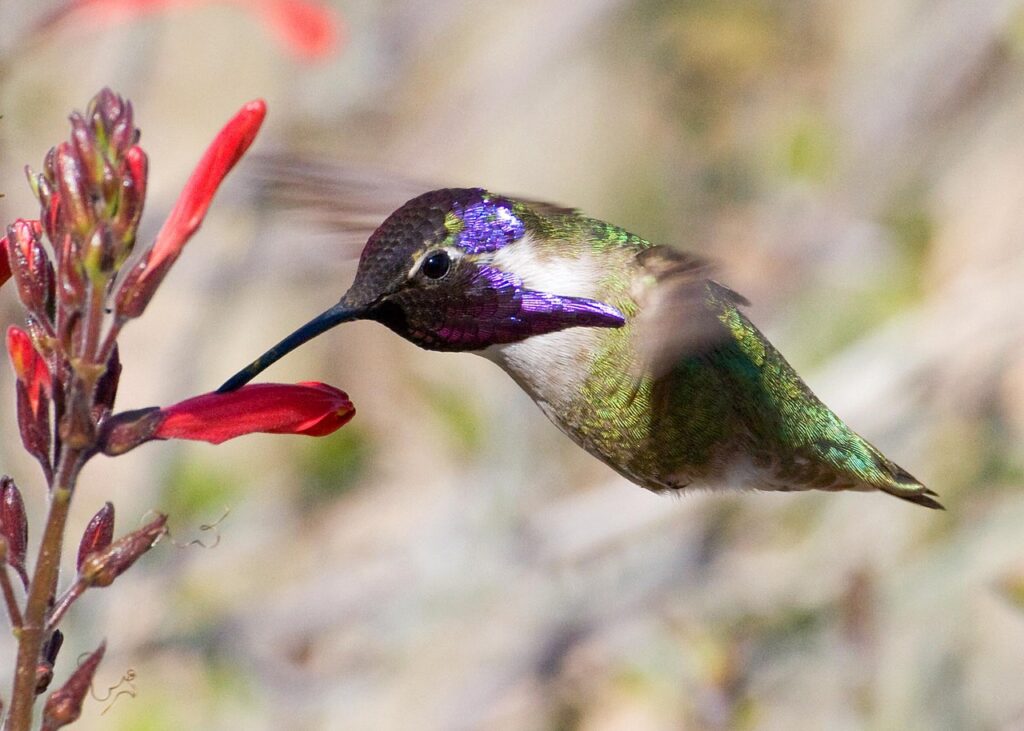
The cool walls of Ramsey Canyon Preserve lure more than a dozen hummingbird species (violet-crowned, broad-billed and blue-throated, to name a few), giving this region the title of “hummingbird capital of the United States.” The delicate birds flock to the ecologically unique spot where plants and wildlife from the Sonoran and Chihuahuan deserts blend with those from the Rocky Mountains and the Sierra Madre. Nearby at San Pedro Riparian National Conservation Area, 100 species of breeding birds and 250 species of migrant and wintering birds make their homes.
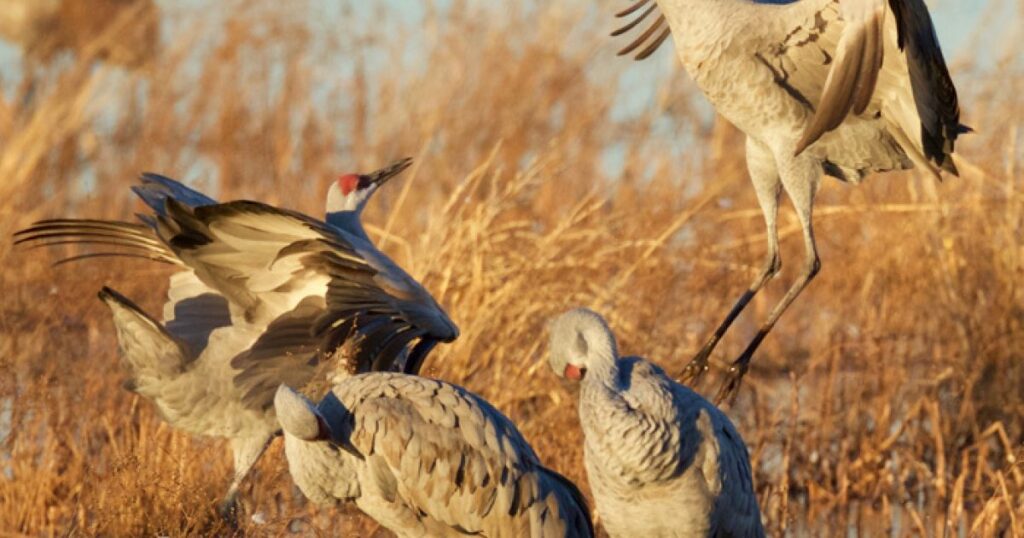
Whitewater Draw Wildlife Area
The spectacular sight of thousands of wintering sandhill cranes is the main attraction at this 1,500-acre preserve. Between October and March, more than 20,000 cranes arrive, mostly from the Midwest, but some come from as far as Siberia. You can see the birds all day long, but if you get here before sunrise, you’ll spot them leaving their roost to feed—an unforgettable experience.
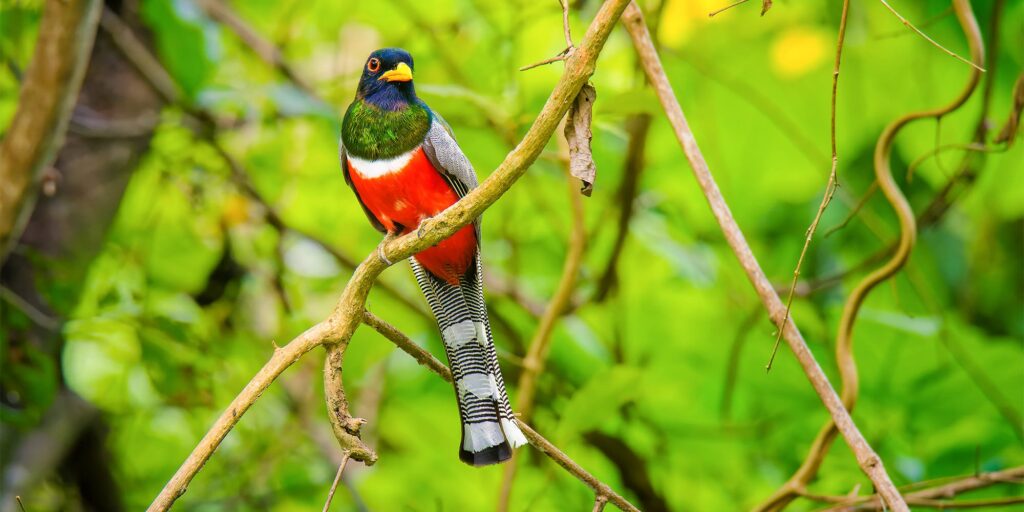
Cave Creek Canyon
A top birding site in Arizona—and also a wonderfully remote and rewarding nature outing in the Chiricahua Mountains—Cave Creek Canyon attracts many rare species of birds to its six habitat biomes. During spring or fall, catch sight of Arizona woodpecker and lazuli bunting; in summer, see the stunning elegant trogon. And keep your ears open for the call of the whippoorwill and the song of the Mexican chickadee.
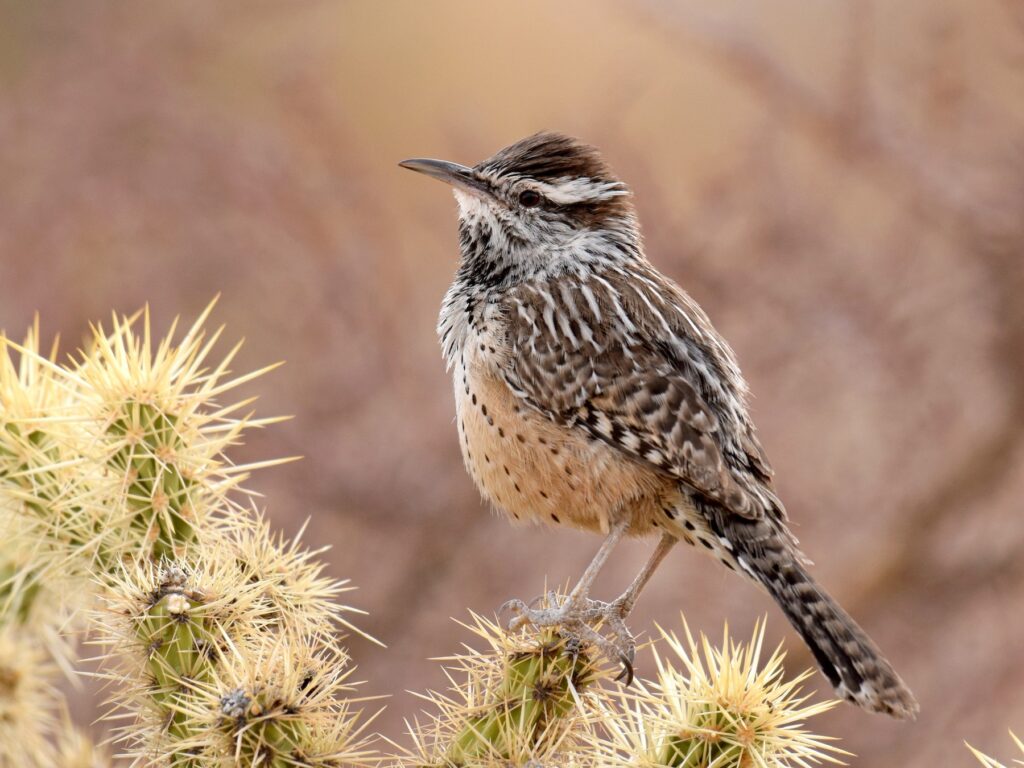
Boyce Thompson Arboretum
On the outskirts of Phoenix, you’ll discover another important hummingbird haven. The multiple riparian habitats at this state park bring such sub-species of hummingbirds as the green-and-gray Anna’s or the hunched Costa’s, while the wooded areas, lake and river attract species like wrens, sparrows and orioles.
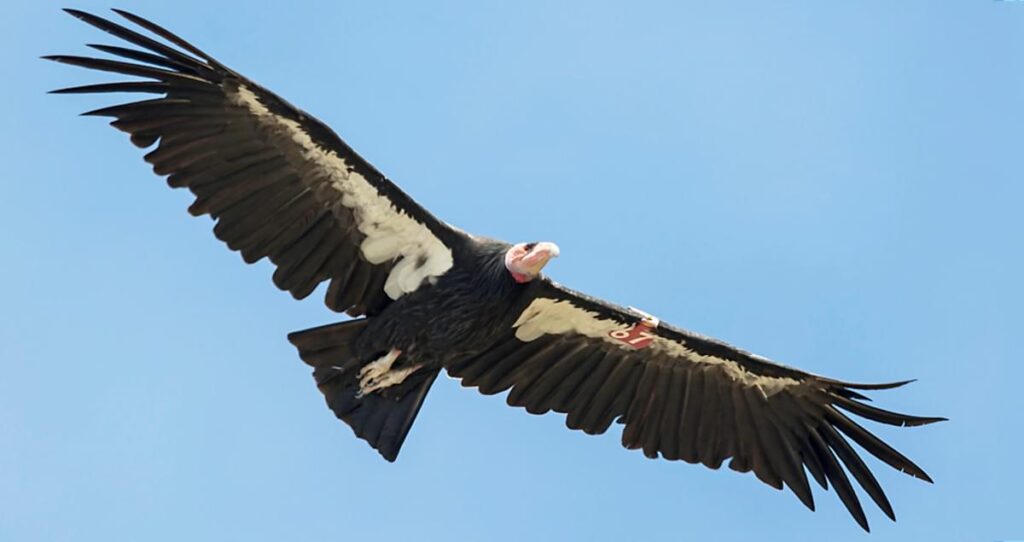
Glen Canyon National Recreation Area
This massive recreation area straddles the border between Arizona and Utah and is notable for one specific bird species—the spectacular California condor. Only several hundred of these birds are still in existence, and many have been introduced into the wild at Glen Canyon. They have a wingspan of nearly 10 feet. Look for these graceful creatures as they fly free over the Colorado River, dipping and soaring along the air currents.
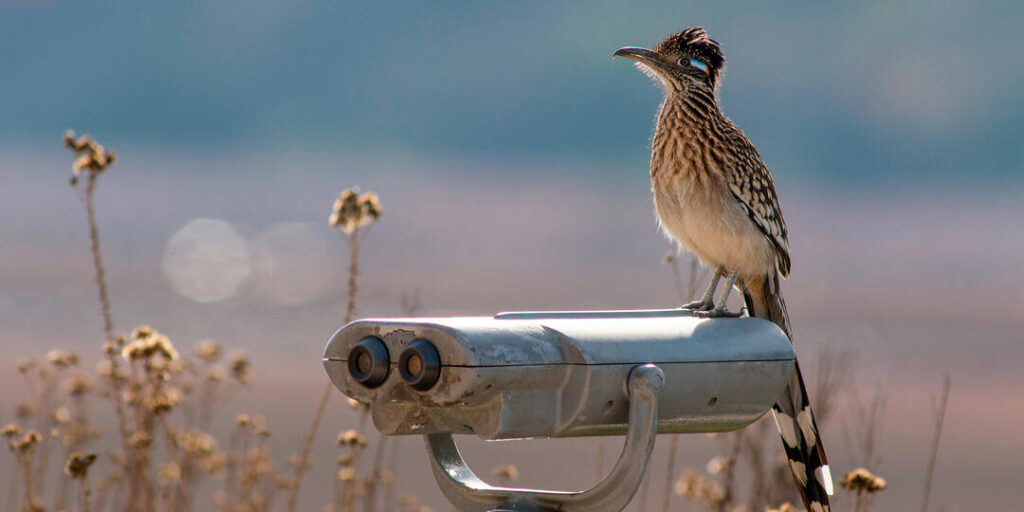
A bird born to run, the Greater Roadrunner can outrace a human, kill a rattlesnake, and thrive in the harsh landscapes of the Desert Southwest. Roadrunners reach two feet from sturdy bill to white tail tip, with a bushy blue-black crest and mottled plumage that blends well with dusty shrubs. As they run, they hold their lean frames nearly parallel to the ground and rudder with their long tails.

In the southwestern U.S. and northern Mexico, Common Ravens range from sea level (along the Gulf of California) to the mountaintops. They can even be seen flying over desert cities, their croaking calls floating down from the sky as the big birds flap overhead.
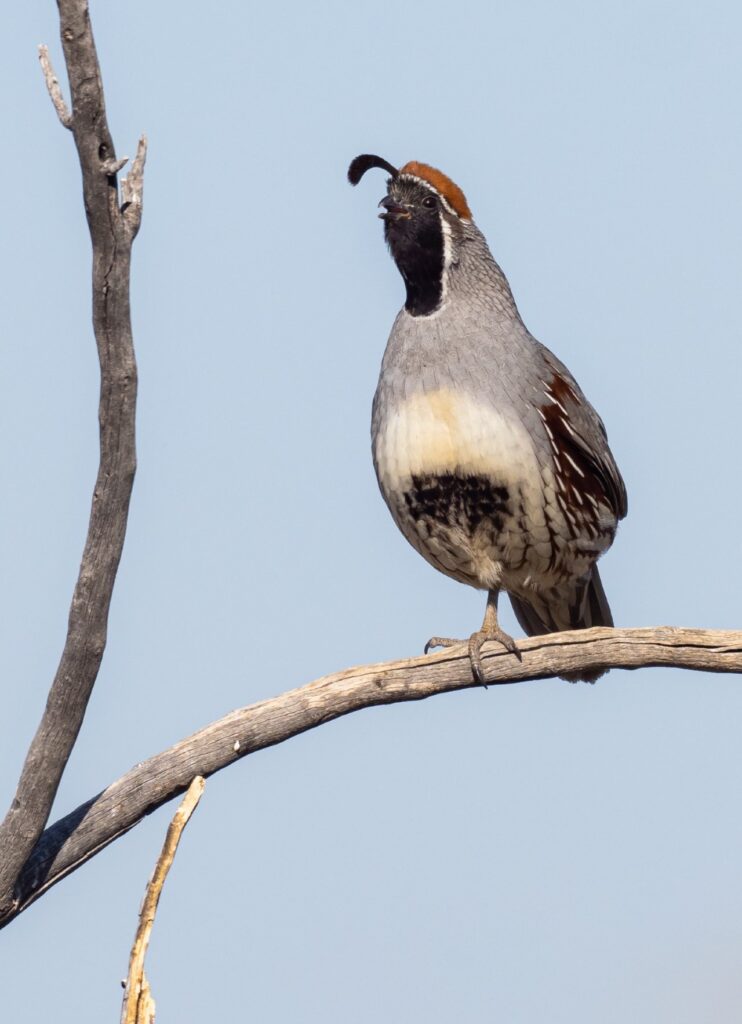
Arizona is known as one of the top birding destinations in the United States. The diverse range of ecosystems — from desert lowlands to mountainous “sky islands” — provides habitat for the 566 species of birds found on the birding checklist for the state.
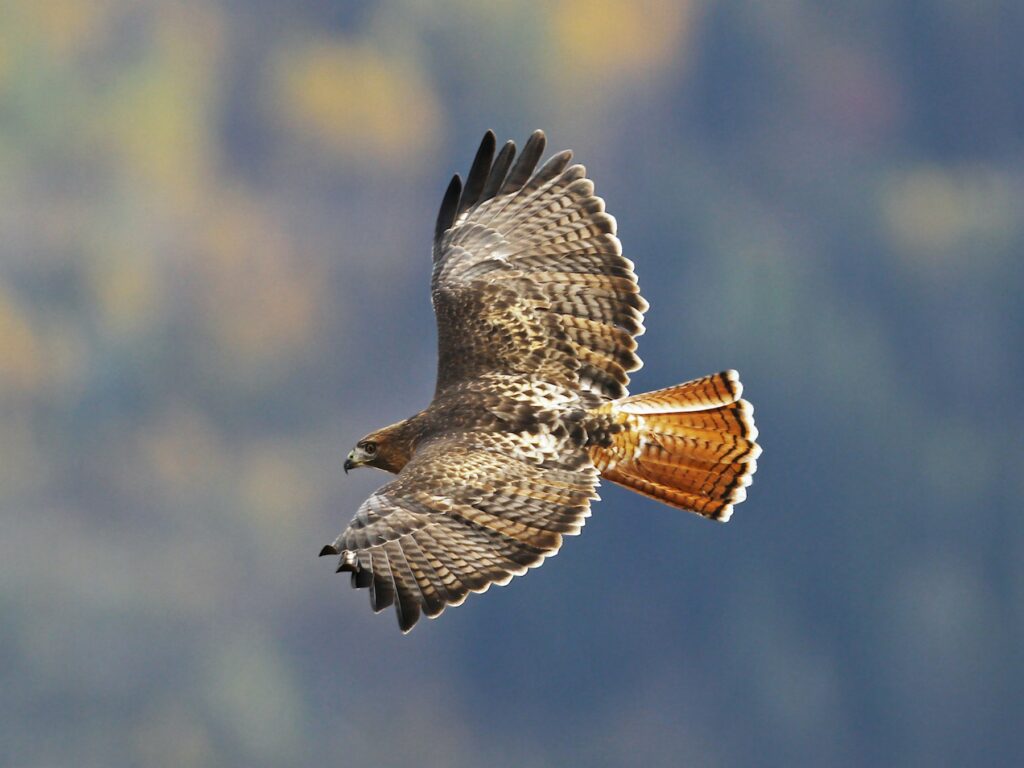
This is probably the most common hawk in North America. If you’ve got sharp eyes you’ll see several individuals on almost any long car ride, anywhere. Red-tailed Hawks soar above open fields, slowly turning circles on their broad, rounded wings. Other times you’ll see them atop telephone poles, eyes fixed on the ground to catch the movements of a vole or a rabbit, or simply waiting out cold weather before climbing a thermal updraft into the sky.
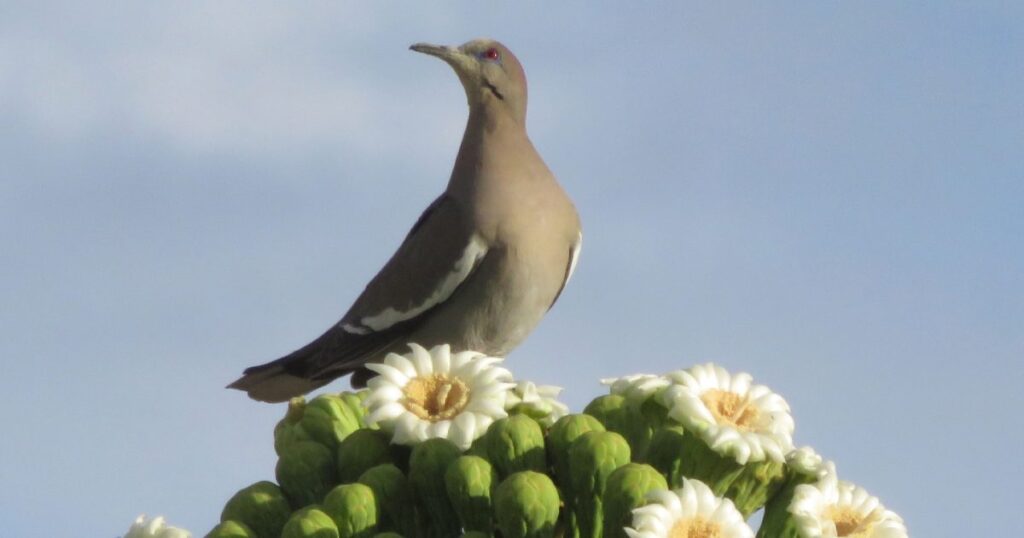
White wing doves can fly 25 or more miles to find water. In the Sonoran Desert, they are able to obtain needed moisture from saguaro cactus fruit. When migrating they can travel in groups of up to 4000 birds to nesting sites.